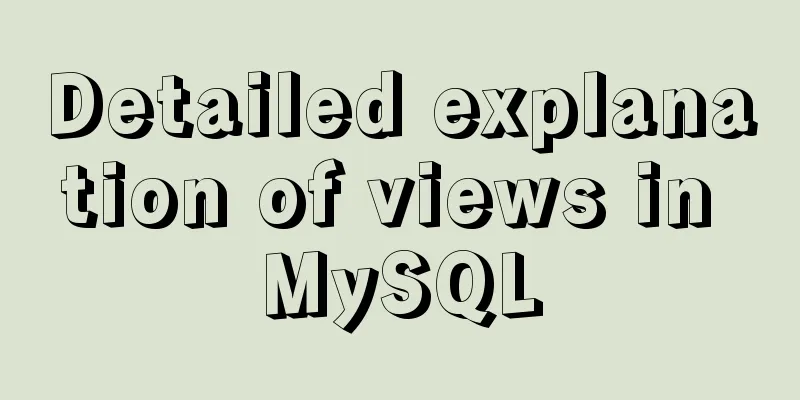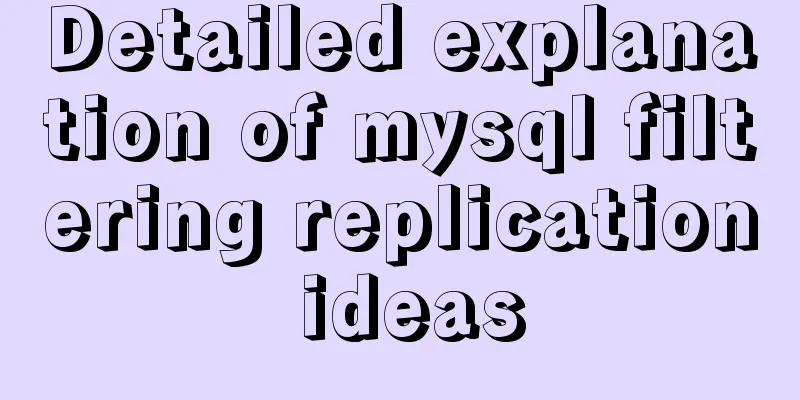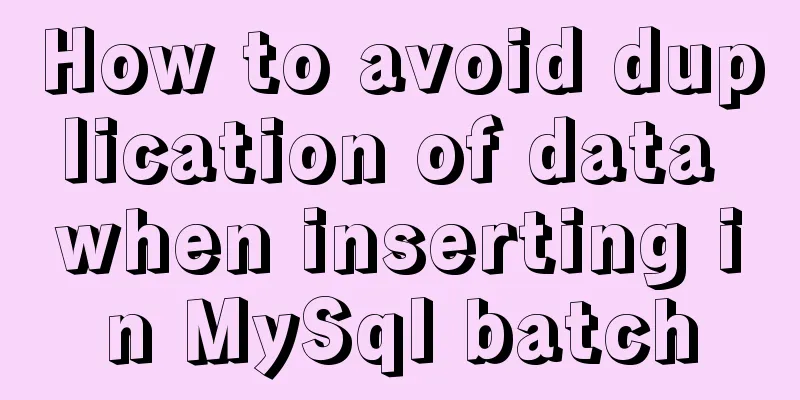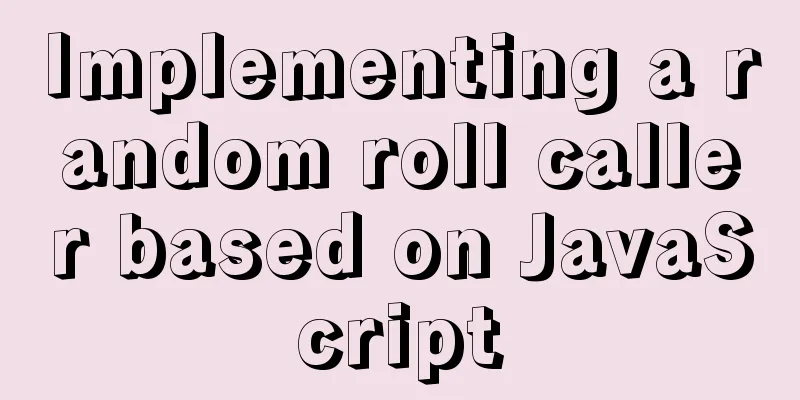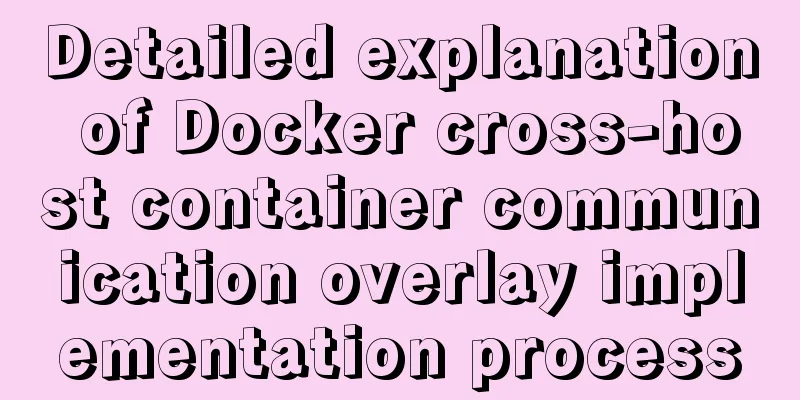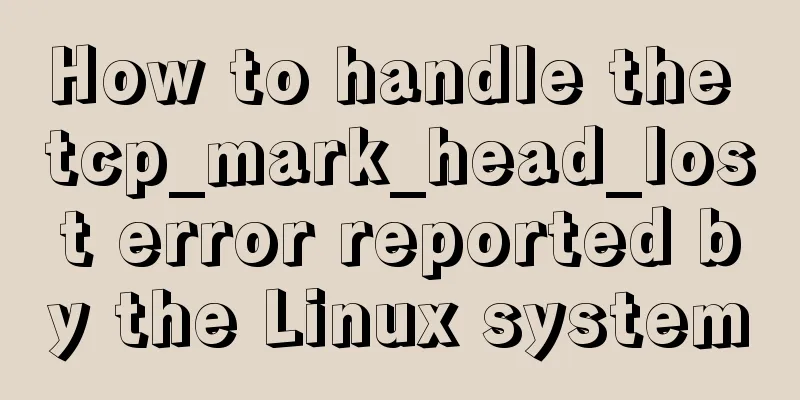Summary of the Differences between SQL and NoSQL
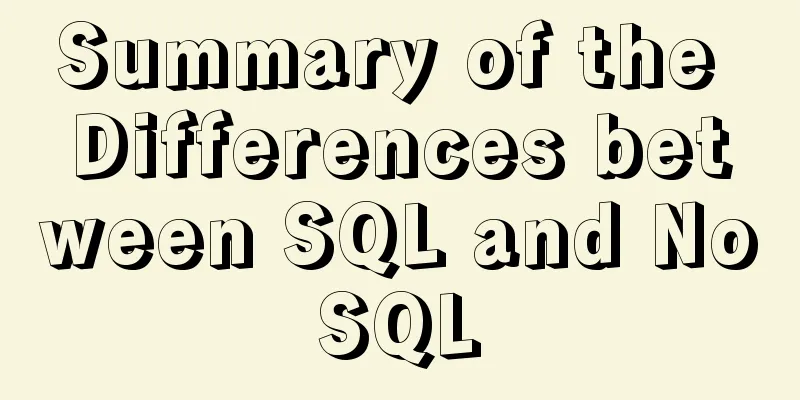
|
Main differences: 1. Type SQL databases are primarily known as relational databases (RDBMS); whereas NoSQL databases are primarily known as non-relational databases or distributed databases. 2. Language SQL databases define and manipulate data based on the Structured Query Language (SQL). From a side view this language is very powerful. SQL is one of the most versatile and widely used options, making it a safe choice, especially for complex queries. But on the other hand, it can be restrictive. SQL requires you to use a predefined schema to determine the structure of your data before using it. Additionally, all of your data must follow the same structure. This can require a lot of upfront preparation, which means that structural changes are both difficult and disruptive to the entire system. NoSQL databases have dynamic schemas for unstructured data. Data is stored in multiple ways, which means it can be document-oriented, column-oriented, graph-based or organized as KeyValue storage. This flexibility means that documents can be created without first defining a structure. Each document can also have its own unique structure. The syntax varies by database, and you can add fields as you go. 3. Scalability In almost all cases, SQL databases are vertically scalable. This means that you can increase the load of a single server by adding features like RAM, CPU, or SSD. But on the other hand, NoSQL databases can scale horizontally. This means you can handle more traffic through sharding or adding more servers in your NoSQL database. It's similar to adding more floors to the same building rather than adding more buildings nearby. So NoSQL could eventually become larger and more powerful, making these databases the preferred choice for large or constantly changing data sets. 4. Structure SQL databases are table-based, NoSQL databases on the other hand are key-value, document-based, graph databases or wide column stores. This makes relational SQL databases a better choice for applications that require multi-row transactions, such as accounting systems, or for legacy systems built for a relational structure. 5. Attributes to follow SQL databases follow the ACID properties (Atomicity, Consistency, Isolation, and Durability) whereas NoSQL databases follow Brewers CAP theorem (Consistency, Availability, and Partition Tolerance). 6. Support All SQL databases from their vendors are well supported. Also, there is a lot of independent consulting that can help you with large-scale deployments with SQL databases, but with some NoSQL databases you still need to rely on community support, and there is only limited external expertise available to set up and deploy large-scale NoSQL deployments. Some examples of SQL databases include PostgreSQL, MySQL, Oracle, and Microsoft SQL Server. Examples of NoSQL databases include Redis, RavenDB Cassandra, MongoDB, BigTable, HBase, Neo4j, and CouchDB. Key differences between SQL vs NoSQL:
The above are all the differences. Thank you for your support of 123WORDPRESS.COM. You may also be interested in:
|
>>: Elegant practical record of introducing iconfont icon library into vue
Recommend
Security configuration and detection of SSL after the website enables https
It is standard for websites to enable SSL nowaday...
50 Beautiful FLASH Website Design Examples
Flash enabled designers and developers to deliver...
Summary of MySQL 8.0 memory-related parameters
Theoretically, the memory used by MySQL = global ...
Detailed explanation of the idea of installing mysql8.0.11 and changing the root password and connecting navicat for mysql
1.1. Download: Download the zip package from the ...
MySQL FAQ series: How to avoid a sudden increase in the size of the ibdata1 file
0. Introduction What is the ibdata1 file? ibdata1...
Nginx reverse proxy springboot jar package process analysis
The common way to deploy a springboot project to ...
How to use shell to perform batch operations on multiple servers
Table of contents SSH protocol SSH Connection pro...
Summary of synchronization and mutual exclusion knowledge points between Linux threads
When threads execute concurrently, we need to ens...
How to configure Tomcat and run your first Java Web project on IntelliJ IDEA 2018
1 Download and start Tomcat Go to the official we...
How to install and configure the decompressed version of MySQL database under Linux system
1. Unzip the file to the current directory Comman...
Compatibility with the inline-block property
<br />A year ago, there were no articles abo...
MySQL stored functions detailed introduction
Table of contents 1. Create a stored function 2. ...
MySQL replication table details and example code
MySQL replication table detailed explanation If w...
How to set up vscode remote connection to server docker container
Table of contents Pull the image Run the image (g...
jQuery plugin to implement accordion secondary menu
This article uses a jQuery plug-in to create an a...

